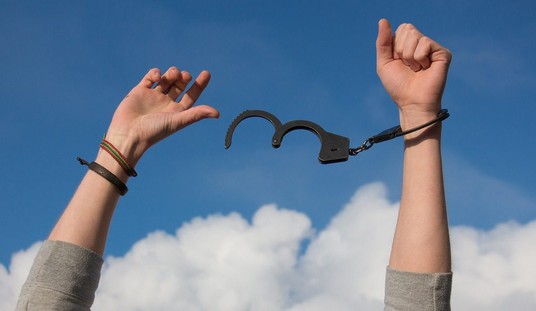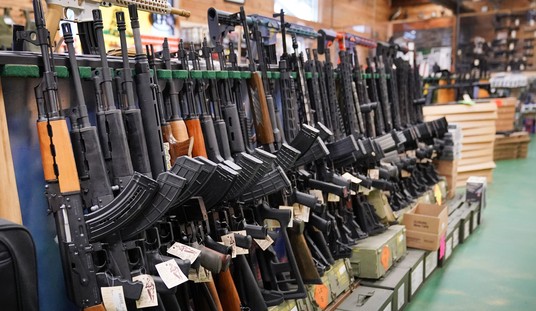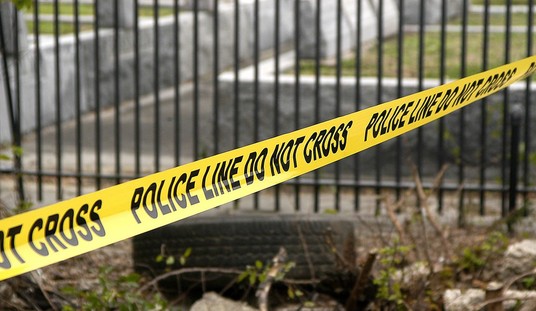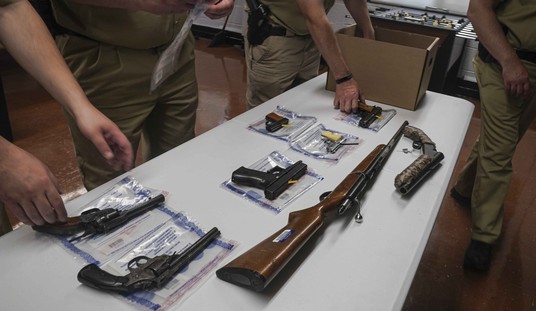Gun buybacks are common things that we’ve seen over and over as a way to take guns off our streets. Proponents of the idea argue that they’re a good way to take guns off the streets since they’re “no questions asked.”
Opponents, however, point out that criminals aren’t likely to sell their guns at a buyback because they tend to hold onto their guns. Instead, the people who make use of the buybacks are the very people no one really has to worry about.
The media, however, tends to side with the proponents in their reporting. Shocking, I know. However, Journalists Resourcehas taken a look at buybacks and what they found probably should change the conversation.
Philadelphia was one of the first U.S. cities to try gun buybacks with several programs in the early 1970s. Baltimore offered $50 per gun in 1974 — roughly $275 in today’s dollars — netting more than 13,000 firearms over three months.
By the late 1990s, municipalities in the U.S. had conducted more than 100 buyback programs. Seattle’s gun buyback program in fall 1992 was among the first to be evaluated via peer-reviewed research. Gun owners turned over 1,172 firearms, almost all of which were working handguns, according to a 1994 evaluation published in Public Health Reports. Participants received a bank voucher worth $50, no matter how many firearms they turned over to the Seattle Police Department. About three-fourths of participants were men. The evaluation didn’t find statistical evidence that the program had an effect on gun violence.
“Gun buyback programs are a broadly supported means to decrease voluntarily the prevalence of handguns within a community, but their effect on decreasing violent crime and reducing firearm mortality is unknown,” the authors write.
…
Finally, a meta-analysis from August 2008 in Crime & Delinquency found no research showing “significant changes in gun-related crimes due to these programs.”
For the record, meta-analysis is considered the highest order of research since it looks at a broad number of studies and compiles them into a single study. In other words, even the resource for journalists is forced to admit that buybacks don’t really do anything.
Only, they’re not quite ready to go that far.
You see, they argue that recent studies suggest something different.
A meta-analysis from December 2019 in Current Trauma Reports suggests that gun buybacks should be included in broader violence reduction strategies.
“Buybacks in conjunction with other methods have been shown to be successful in reducing the number of firearms that could lead to injury and death,” the authors write. They note that non-Hispanic black men are the most common victims of fatal firearm injury, while gun buyback participants tend to be older white men.
A September 2014 evaluation in Trauma and Acute Care Surgery found that gun buyback programs in Worcester, Massachusetts, New Haven, Connecticut and Phoenix, Arizona were structured differently from programs in the 1990s. Programs in those cities provided gift cards only to people who brought in working firearms, a notable change from earlier programs that offered trades for non-operational guns. In Worcester and New Haven, people turning over assault weapons and sawed-off shotguns got higher-value gift cards.
“The gun buyback program is solely one prong of a multipronged approach in reducing firearm-based interpersonal violence,” the authors conclude.
However, they couldn’t really say definitively that buybacks actually work.
You see, there are questions about these multi-pronged approaches. Most importantly, whether it was the buyback or all the other stuff that made the difference. Had there been no buyback conducted, would the rest of the “multipronged approach” have yielded similar results?
Finally, though, we have probably the most honest assessment of what buybacks really are.
A 2013 evaluation of a multiyear gun buyback program in Buffalo, New York, found no effect on violent gun crime, including homicides. The authors also note that different parties, like law enforcement officers and politicians, may measure the success of gun buybacks in different ways.
“Given the empirical evidence, police agencies may use gun buyback programs not with the expectation of reducing violent crime, but to satisfy the public’s expectations,” the authors write. “When serious crime problems occur, mayors and police chiefs are under pressure from their constituents to ‘do something dramatic and effective’ about the violence.”
In other words, buybacks are kabuki theater for the masses.
However, that’s a bad way to go about things. All they’re doing is wasting money to feed into people’s fears rather than addressing the real problems. Those aren’t guns, either. They’re issues that go far deeper than that.
That said, it’s good to see at least someone in the journalism field acknowledge that buybacks, as they’re conducted in the United States, is less than useless. Even if it’s clear they didn’t want to admit to it.







Join the conversation as a VIP Member